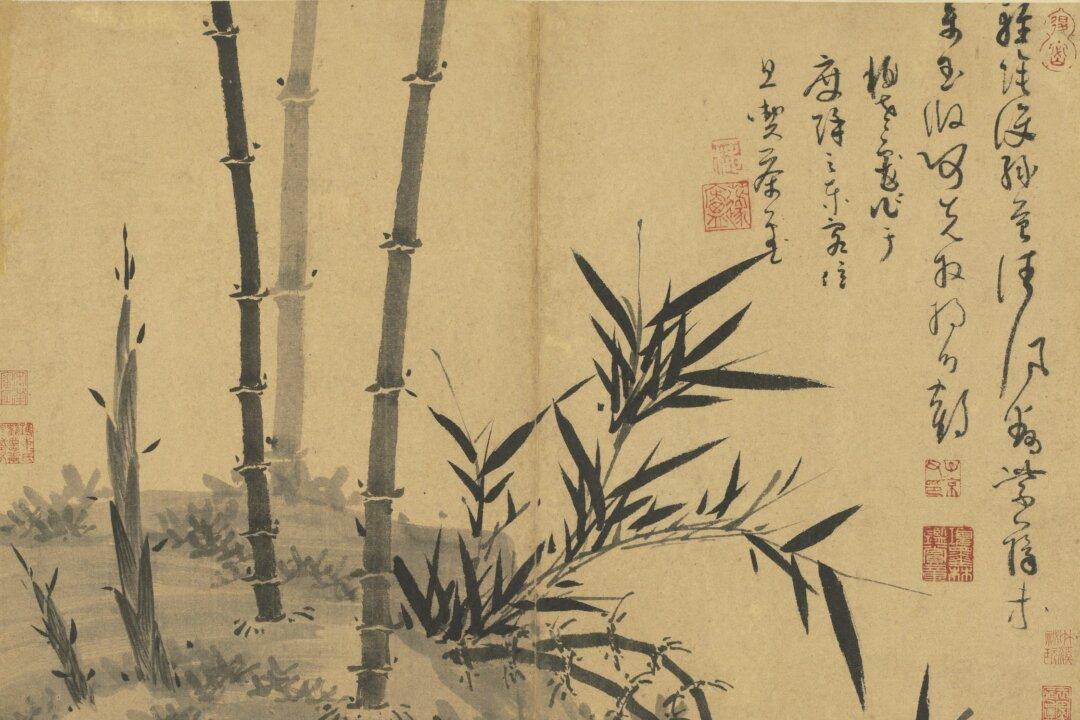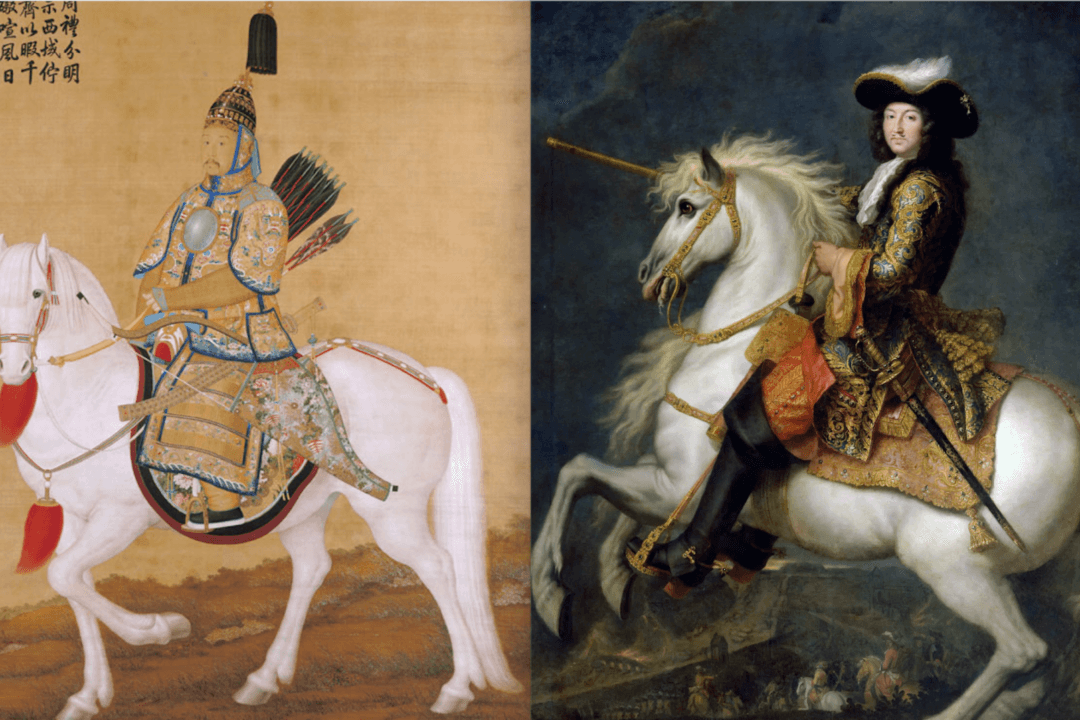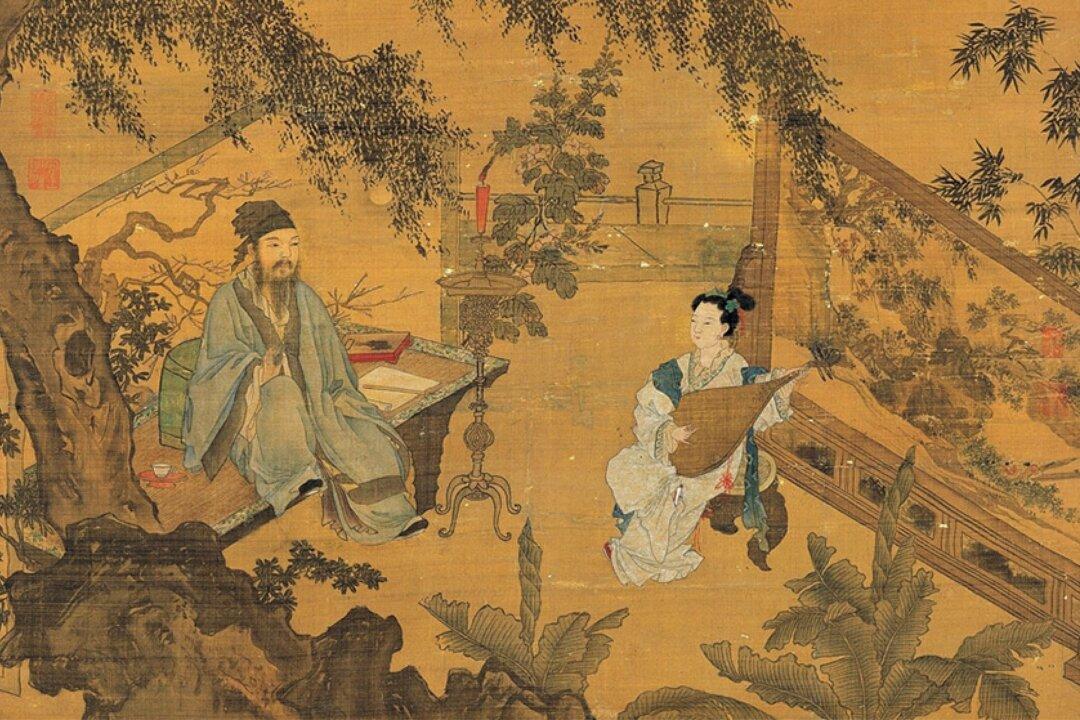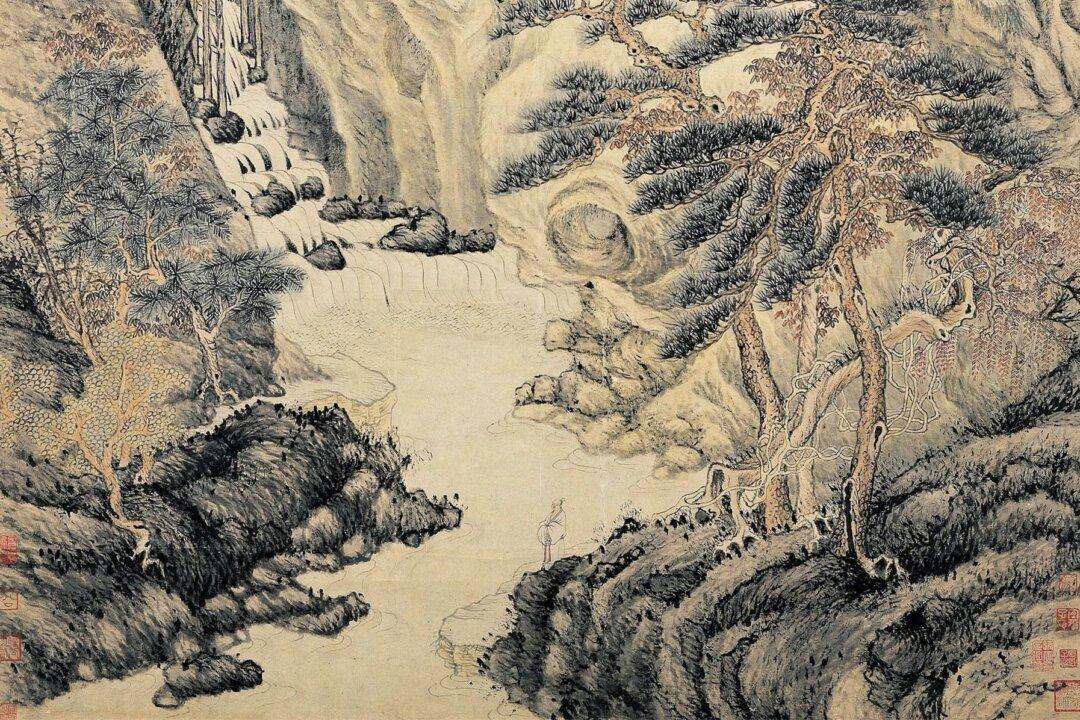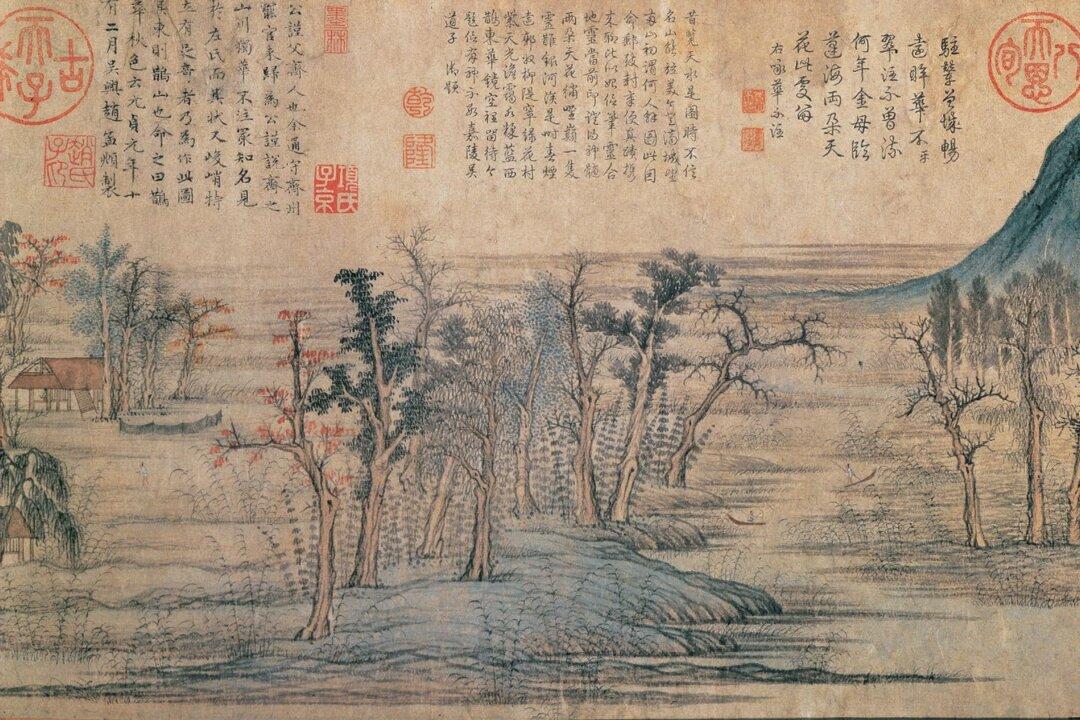Nature serves as our greatest artistic muse. It stirs feelings and emotions in us and was a source of inspiration for ancient Chinese artists. Four plants—the plum blossom, the orchid, the bamboo, and the chrysanthemum—were known as the “Four Gentlemen,” or “Junzi” in ancient China.
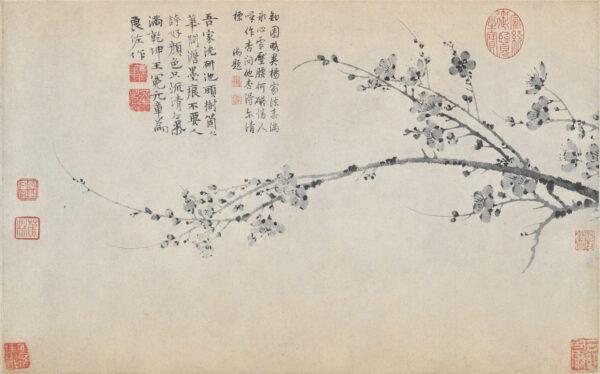
“Ink Plum” by Wang Mian. Handscroll: Ink on paper; 12.6 inches by 20 inches. The Palace Museum, Beijing

